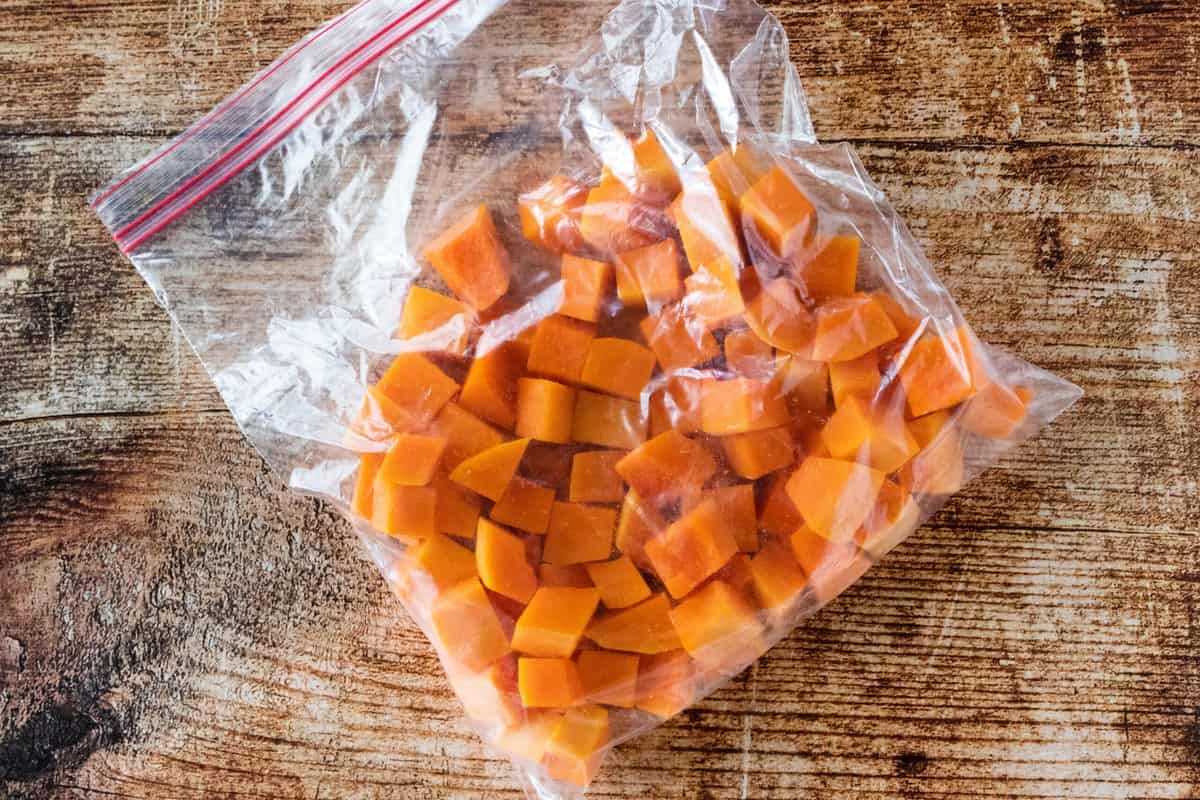

Articles
How To Store Butternut Squash In Freezer
Modified: December 7, 2023
Learn how to store butternut squash in the freezer with these helpful articles. Preserve the freshness and taste of your squash for future use.
(Many of the links in this article redirect to a specific reviewed product. Your purchase of these products through affiliate links helps to generate commission for Storables.com, at no extra cost. Learn more)
Introduction
Butternut squash is a versatile and nutritious vegetable that is often enjoyed during the fall and winter months. It’s rich in vitamins, minerals, and fiber, making it a great addition to soups, stews, and side dishes. If you find yourself with an abundance of butternut squash, you may be wondering how to store it to ensure it stays fresh for as long as possible.
Freezing butternut squash is a convenient and simple way to preserve its flavors and nutrients for future use. Whether you grew it in your garden or picked up a few extra from the farmers’ market, freezing butternut squash allows you to enjoy its delicious taste all year round. In this article, we will guide you through the process of storing butternut squash in the freezer, ensuring its quality and taste are maintained.
By following these steps, you can enjoy the sweet and nutty flavor of butternut squash even when it’s out of season. So, let’s dive into the wonderful world of freezing butternut squash!
Key Takeaways:
- Freezing butternut squash preserves its flavor, reduces food waste, and provides year-round availability for convenient meal preparation, making it a smart choice for any home cook.
- Properly preparing, blanching, and packaging butternut squash before freezing ensures optimal quality and flavor, allowing for easy thawing and versatile use in a variety of delicious recipes.
Read more: How To Store Butternut Squash
Why Freeze Butternut Squash?
Freezing butternut squash is a fantastic way to extend its shelf life and ensure that you always have access to this delicious and versatile vegetable. Some of the reasons why you might want to consider freezing your butternut squash include:
1. Preserving Freshness: Butternut squash is known for its sweet and nutty flavor, but it can spoil relatively quickly if not stored properly. Freezing the squash locks in its freshness, allowing you to enjoy the same delicious taste even months after harvest.
2. Year-Round Availability: Butternut squash is typically harvested in the fall and winter months, making it less accessible during other times of the year. By freezing it, you can enjoy the flavors and nutritional benefits of butternut squash whenever you crave it, regardless of the season.
3. Convenience: Having pre-cut and pre-packaged butternut squash in the freezer makes meal preparation a breeze. Instead of spending time peeling and chopping fresh squash, you can simply thaw the frozen cubes or slices and use them in your favorite recipes.
4. Diversifying Your Meals: Freezing butternut squash allows you to experiment with a variety of recipes and dishes. You can add it to soups, stews, curries, pasta sauces, and even roasted vegetable medleys. Having frozen butternut squash on hand enables you to create a wide range of flavorful and nutritious meals.
5. Reducing Food Waste: If you have an excess of butternut squash or if you know that you won’t be able to use it all before it spoils, freezing is an excellent way to prevent food waste. Instead of letting the squash go to waste, freeze it and make use of it at a later date.
Overall, freezing butternut squash is a practical and convenient way to ensure that this delicious vegetable is always at your fingertips. Whether it’s for convenience, availability, or reducing food waste, freezing butternut squash is a smart choice for any home cook.
Preparing Butternut Squash for Freezing
Before you begin the freezing process, it’s important to properly prepare your butternut squash. Here are the steps to follow:
- Choose Ripe Squash: Select butternut squash that is ripe, firm, and free of any bruises or blemishes. The skin should be smooth and intact.
- Wash and Sanitize: Start by washing the squash thoroughly under running water to remove any dirt or debris. Then, sanitize a clean cutting board and knife with hot, soapy water or a mild bleach solution.
- Prep for Cutting: Use a sharp knife to carefully cut off both ends of the squash, creating flat surfaces. This will make it easier to safely cut and peel the squash.
- Peel the Skin: Use a vegetable peeler or a sharp knife to remove the tough outer skin of the butternut squash. Work from top to bottom, making sure to remove all the skin.
- Remove Seeds and Fibers: Cut the squash in half lengthwise and use a spoon to scoop out the seeds and fibrous strands from the inside. Discard them or save the seeds for roasting, if desired.
- Cut into Desired Shape: Cut the butternut squash into your preferred shape for freezing. You can slice it into cubes, slice it into thick sections, or even julienne it into long strips. Remember to make the pieces uniform in size for even freezing.
Once you have prepared the butternut squash, it’s time to move on to the blanching process, which helps to preserve the vegetable’s flavor, texture, and coloring during freezing.
Blanching Butternut Squash
Blanching is a crucial step in the freezing process as it helps to preserve the flavor, texture, and color of butternut squash. It involves partially cooking the vegetable in boiling water and then quickly cooling it down. Here’s how to blanch butternut squash:
- Prepare an Ice Bath: Fill a large bowl with ice water while you bring a pot of water to a rolling boil. The ice bath will be used to cool down the blanched squash quickly.
- Blanch in Boiling Water: Carefully lower the cut butternut squash into the boiling water. Blanch small cubes or slices for about 2 minutes, while larger pieces will need around 3 minutes. The goal is to slightly cook the squash without making it too soft.
- Quickly Cool in Ice Bath: Using a slotted spoon or tongs, transfer the blanched squash pieces from the pot to the ice bath. Let them sit in the ice water for the same amount of time as the blanching time. This stops the cooking process and helps retain the vegetable’s firm texture and bright color.
- Drain and Pat Dry: Remove the cooled butternut squash from the ice bath and allow it to drain in a colander or on a clean kitchen towel. Gently pat the pieces dry with paper towels to remove any excess moisture.
Once the blanching process is complete, the butternut squash is ready for flash freezing.
Flash Freezing Butternut Squash
Flash freezing is an important step in the freezing process as it prevents the individual pieces of butternut squash from sticking together. Here’s how to flash freeze your butternut squash:
- Arrange on a Baking Sheet: Line a baking sheet with parchment paper or a silicone mat. Arrange the blanched butternut squash pieces in a single layer on the baking sheet, ensuring that they are not touching each other.
- Pre-Freeze: Place the baking sheet with the squash in the freezer and let it pre-freeze for about 1 to 2 hours. This step will help the squash maintain their individual shape and prevent them from freezing into a solid block later on.
- Transfer to Freezer Bags or Containers: Once the butternut squash pieces are pre-frozen, remove the baking sheet from the freezer. Carefully transfer the pieces into freezer-safe bags or containers. If using bags, be sure to squeeze out any excess air before sealing.
- Label and Date: Label each bag or container with the contents and date of freezing. This will help you keep track of the storage time and contents.
Flash freezing the butternut squash ensures that each piece freezes individually, making it easier to portion out and use later. Once packaged, it’s time to store them in the freezer.
To store butternut squash in the freezer, first peel and cut it into cubes. Then blanch the cubes in boiling water for 2-3 minutes, cool them in ice water, and finally store them in airtight freezer bags or containers. This will help preserve the squash’s flavor and texture.
Read more: How To Store Butternut Squash For The Winter
Packaging Butternut Squash for Freezer Storage
Proper packaging is essential to maintain the quality and freshness of your frozen butternut squash. Here are some guidelines for packaging it for freezer storage:
- Freezer Bags: Use high-quality freezer bags that are specifically designed for long-term storage in the freezer. These bags are thicker and more durable to prevent freezer burn.
- Freezer Containers: Alternatively, you can use freezer-safe plastic containers or glass containers with airtight lids. Ensure that the containers are suitable for freezing and won’t crack or break in the freezer.
- Portion Sizes: Divide the butternut squash into portion sizes that suit your needs. It’s a good idea to divide the squash into smaller portions to avoid defrosting more than you need at once.
- Label and Date: Label each bag or container with the contents and date of freezing. This will help you easily identify the squash in the freezer and keep track of its storage time.
- Squeeze Out Excess Air: When using freezer bags, remove as much air as possible before sealing them. This helps to prevent freezer burn and maintain the quality of the squash.
- Seal Tightly: Ensure that the bags or containers are tightly sealed to prevent any air or moisture from entering.
By correctly packaging your frozen butternut squash, you can maintain its flavor, texture, and nutrients for an extended period of time.
Storing Butternut Squash in the Freezer
Once your butternut squash is properly packaged, it’s time to store it in the freezer. Follow these steps to ensure optimal freezer storage:
- Choose a Suitable Location: Find a space in your freezer where the temperature remains consistently cold, ideally at or below 0°F (-18°C). Avoid placing the squash near the freezer door, as it may be exposed to temperature fluctuations.
- Organize and Stack: Arrange the sealed bags or containers of butternut squash in a single layer in the freezer. If space allows, you can stack multiple layers, but make sure to leave enough room for air circulation.
- Do Not Overload: Avoid overloading your freezer with too much squash or other items. Overcrowding can affect the overall temperature and lead to uneven freezing.
- Keep It Frozen: Ensure that the freezer door remains closed and tightly sealed to maintain a consistent cold temperature. Frequent opening and closing of the door can cause fluctuations in temperature and compromise the quality of the frozen squash.
When stored properly, butternut squash can typically be kept in the freezer for up to 12 months. However, for the best quality and flavor, it’s recommended to use it within 6 to 8 months.
Now that your butternut squash is safely stored in the freezer, let’s explore how to thaw and use it when you’re ready to enjoy its deliciousness!
Thawing and Using Frozen Butternut Squash
Thawing frozen butternut squash properly is important to maintain its texture and flavor. Here are a few methods for thawing and using frozen butternut squash:
- Refrigerator Thawing: The safest method for thawing frozen butternut squash is to transfer it from the freezer to the refrigerator. Place the sealed bag or container in the refrigerator and let it thaw slowly overnight or for about 24 hours. Once thawed, the squash can be used in your favorite recipes.
- Water Bath Thawing: If you need to thaw the squash quickly, you can use a water bath. Fill a large bowl or sink with cold water. Place the sealed bag or container of frozen butternut squash in the water, making sure it’s completely submerged. Change the water every 30 minutes to ensure it stays cold. The squash will thaw within a few hours, depending on the size of the pieces.
- Using Frozen: In some recipes, you can use frozen butternut squash without thawing it. This method works well for soups, stews, and other dishes with longer cooking times. Simply add the frozen squash directly to the recipe and adjust the cooking time accordingly.
After thawing the butternut squash, you can use it in a variety of ways. Here are a few ideas:
- Soup and Stews: Add the thawed squash to hearty soups or stews for a creamy and nutritious addition.
- Pasta Dishes: Toss the squash with your favorite pasta and sauce for a flavorful and comforting meal.
- Roasted Vegetables: Combine the thawed squash with other vegetables and roast them for a delicious side dish.
- Casseroles: Incorporate the thawed butternut squash into casseroles or gratins for a tasty twist.
Remember to adjust the cooking time as frozen butternut squash may cook slightly faster than fresh squash. Enjoy the convenience of having pre-prepared butternut squash on hand and experiment with different recipes to fully savor its flavors.
Tips for Freezing Butternut Squash
When it comes to freezing butternut squash, here are some helpful tips to ensure the best results:
- Choose Fresh and Ripe Squash: Select butternut squash that is firm, ripe, and free from any signs of damage or decay. Fresh and good-quality squash will freeze better and maintain their flavor and texture.
- Blanch for Optimal Quality: Blanching the squash before freezing helps preserve its color, texture, and nutrients. Be sure to follow the recommended blanching time to achieve the best results.
- Use Proper Packaging: Use high-quality freezer bags or containers that are specifically designed for long-term freezer storage. Proper packaging helps prevent freezer burn and maintains the quality of the squash.
- Label and Date: Always label each bag or container with the contents and the date of freezing. This will help you keep track of the storage time and easily identify the frozen butternut squash.
- Freeze in Portions: Divide the butternut squash into smaller portions before freezing. This allows you to thaw only the amount you need, reducing waste and ensuring you have the perfect portion sizes for your recipes.
- Pre-Freeze Before Packaging: Pre-freezing the blanched squash pieces on a baking sheet helps prevent them from sticking together. Once pre-frozen, transfer them to bags or containers for long-term storage.
- Avoid Overcrowding: Arrange the bags or containers of squash in a single layer or stack them with enough space for air circulation. Overcrowding can lead to uneven freezing and affect the quality of the squash.
- Properly Thaw Before Use: Thaw frozen butternut squash slowly in the refrigerator or using a water bath. This preserves the texture and flavor of the squash and ensures even cooking in your recipes.
- Use Within Recommended Timeframe: While frozen butternut squash can be stored for up to 12 months, it is best to use it within 6 to 8 months for optimal quality and taste.
By following these tips, you can ensure that your frozen butternut squash retains its delicious flavor, vibrant color, and nutritional value until you’re ready to use it.
Read more: How To Store Cut Butternut Squash
Conclusion
Freezing butternut squash is a wonderful way to preserve its fresh flavors and nutritional benefits for future use. By following the proper steps of preparing, blanching, and packaging, you can ensure that your butternut squash stays delicious and vibrant in the freezer.
Whether you have an abundance of homegrown squash or want to take advantage of seasonal sales, freezing butternut squash allows you to enjoy its sweet and nutty taste year-round. By having pre-cut and pre-packaged squash on hand, you can easily incorporate it into a variety of recipes, from comforting soups and stews to flavorful pasta dishes and roasted vegetable medleys.
Remember to thaw the frozen squash properly, either in the refrigerator or using a water bath, before using it in your recipes. And don’t forget to label and date your packages to keep track of storage time.
With these tips and guidelines, you can confidently freeze your butternut squash, reducing waste and ensuring that you always have a delicious and nutritious ingredient at your fingertips. Enjoy the convenience and versatility of having frozen butternut squash on hand, and explore the many delightful ways to enjoy this beloved vegetable throughout the year.
So, go ahead and stock up on butternut squash, prepare it for freezing, and unlock a world of culinary possibilities whenever you desire that familiar, mouthwatering taste of butternut squash.
Frequently Asked Questions about How To Store Butternut Squash In Freezer
Was this page helpful?
At Storables.com, we guarantee accurate and reliable information. Our content, validated by Expert Board Contributors, is crafted following stringent Editorial Policies. We're committed to providing you with well-researched, expert-backed insights for all your informational needs.
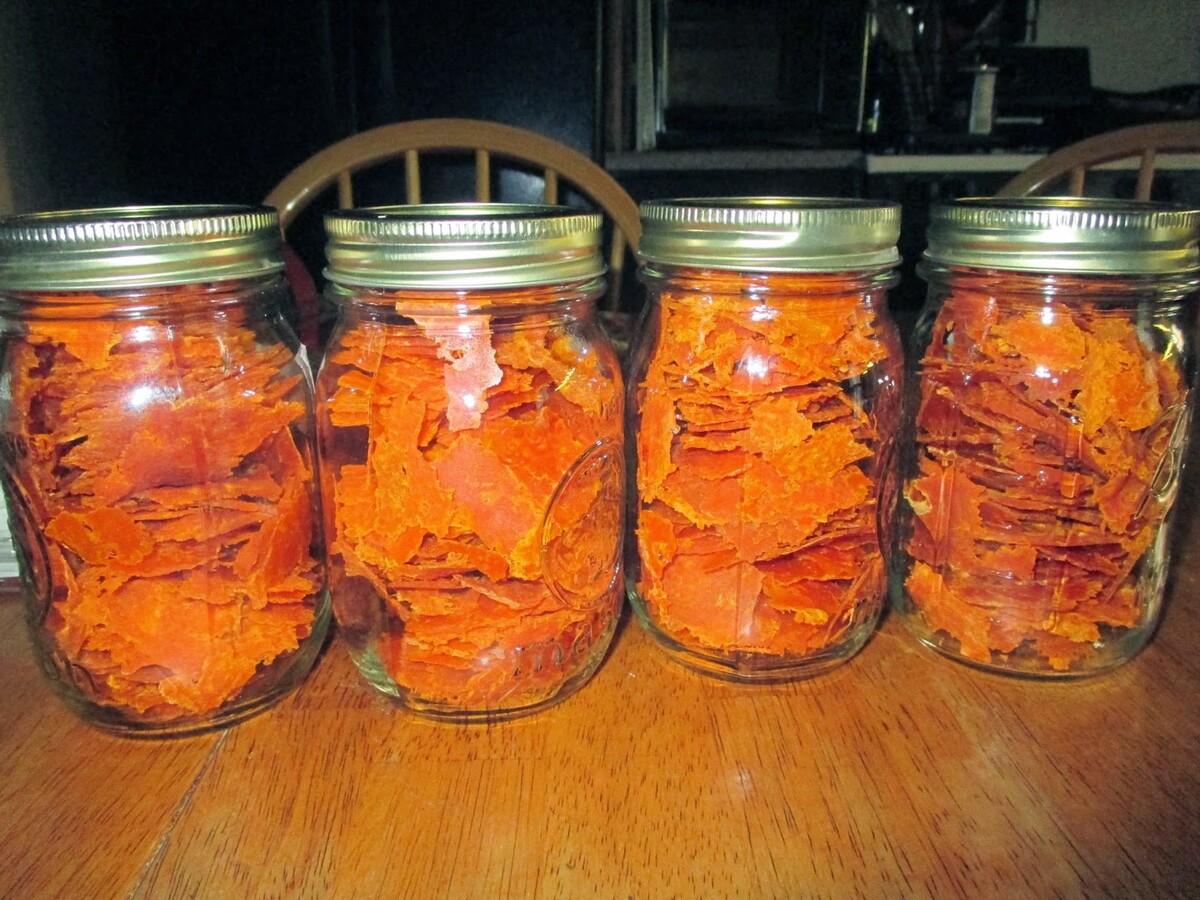
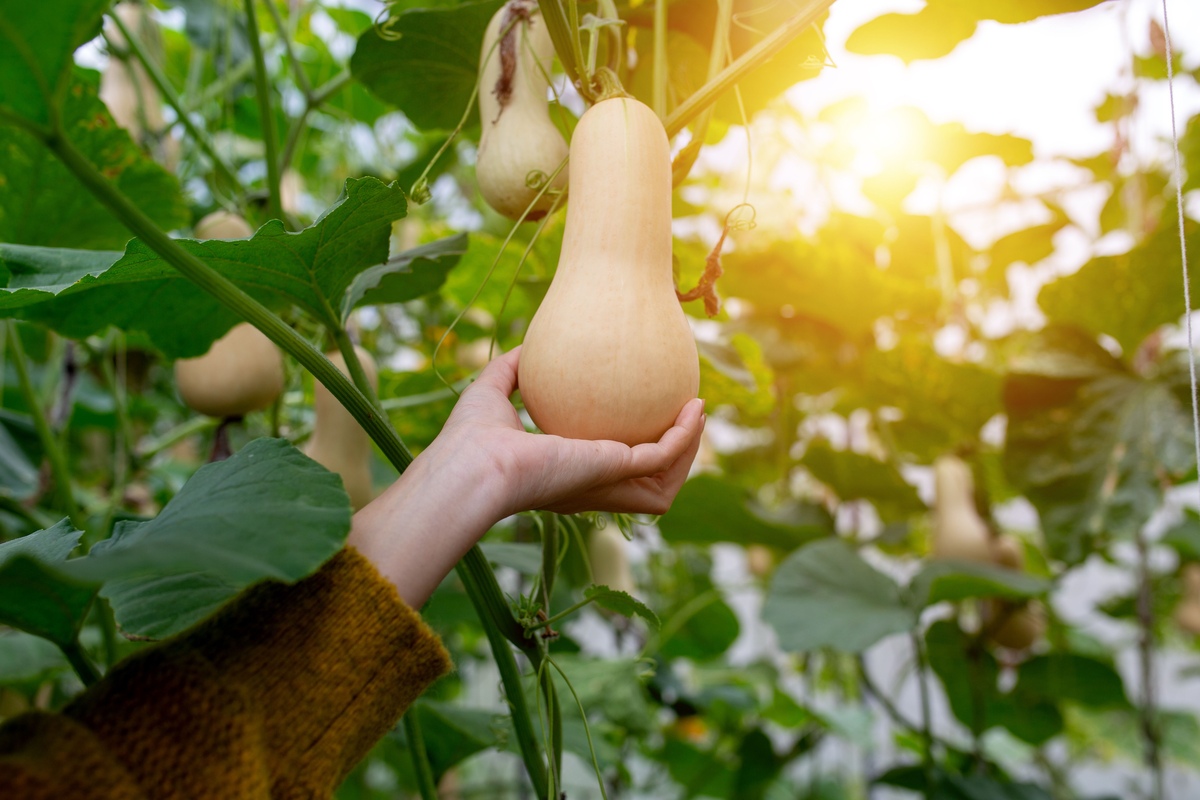
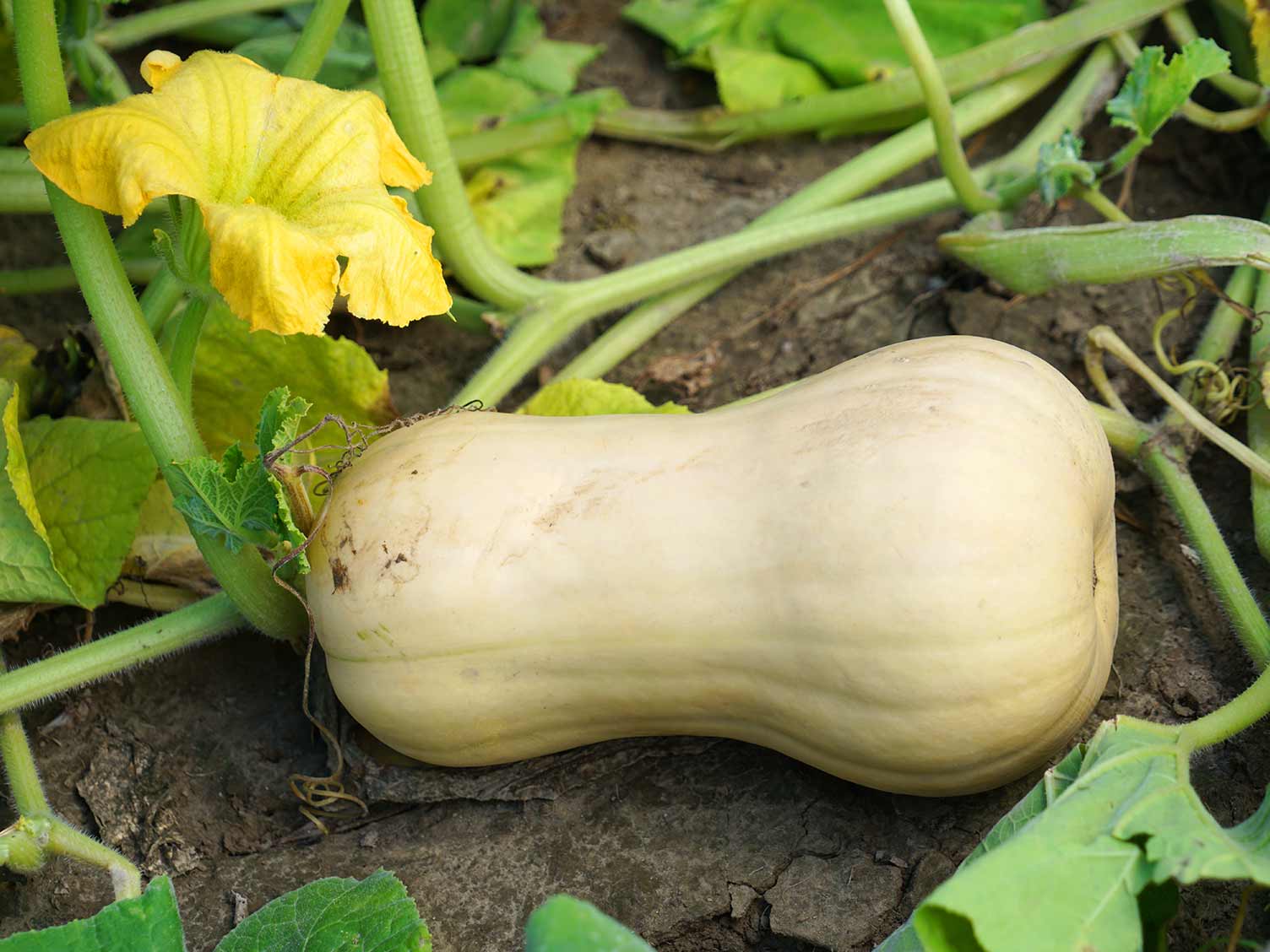
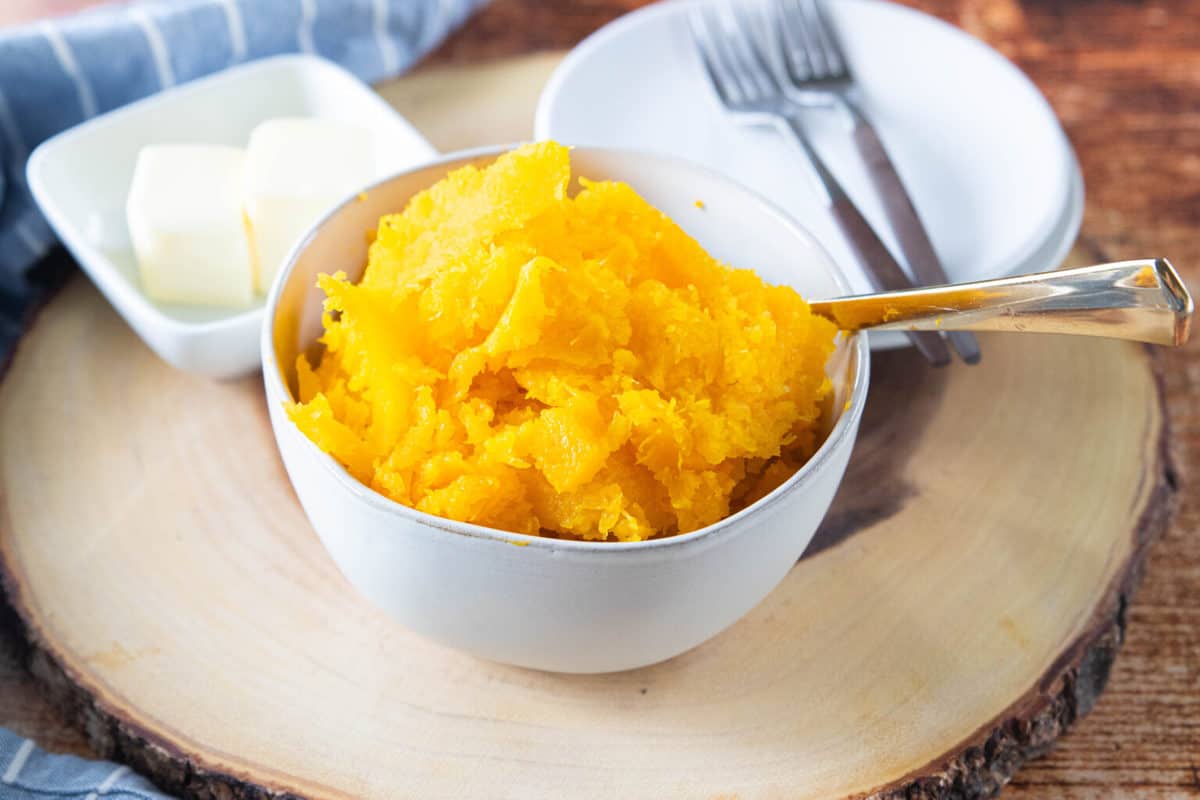
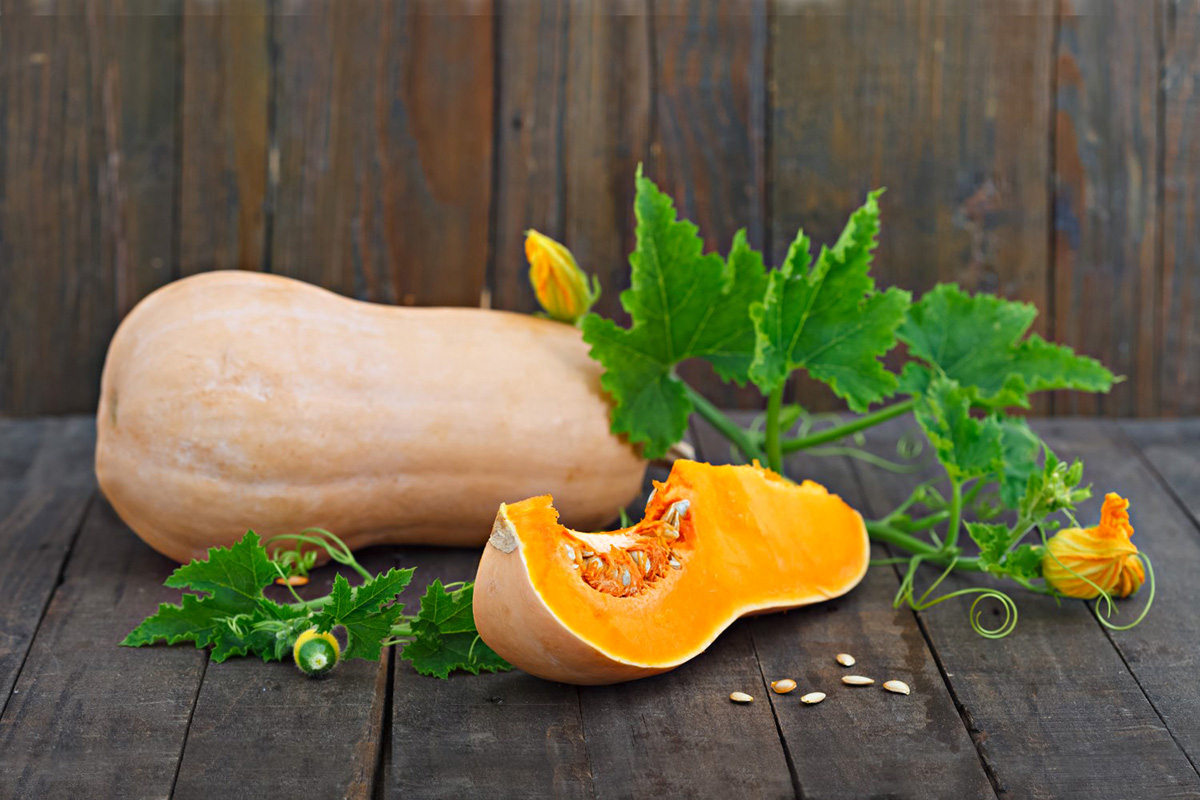
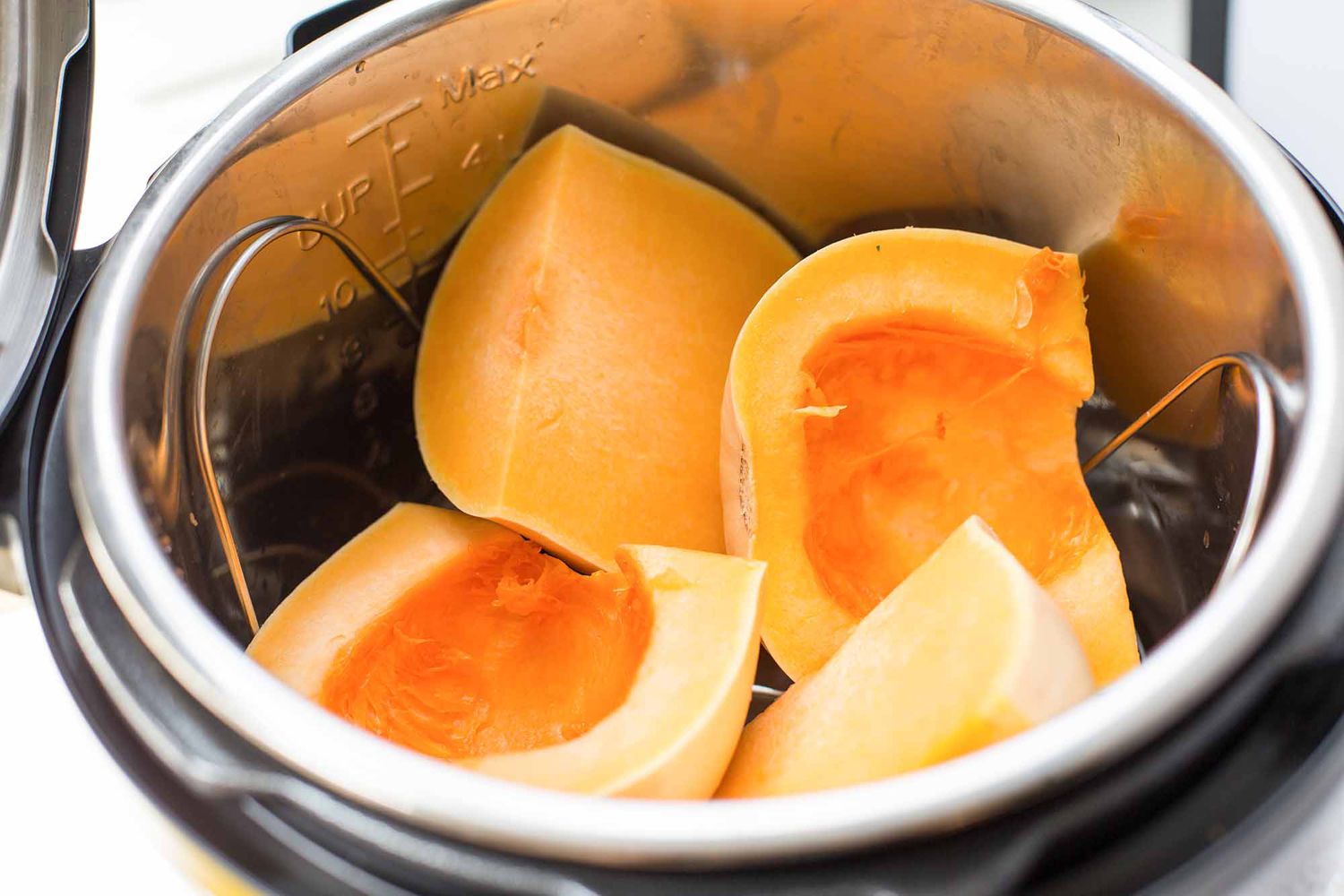
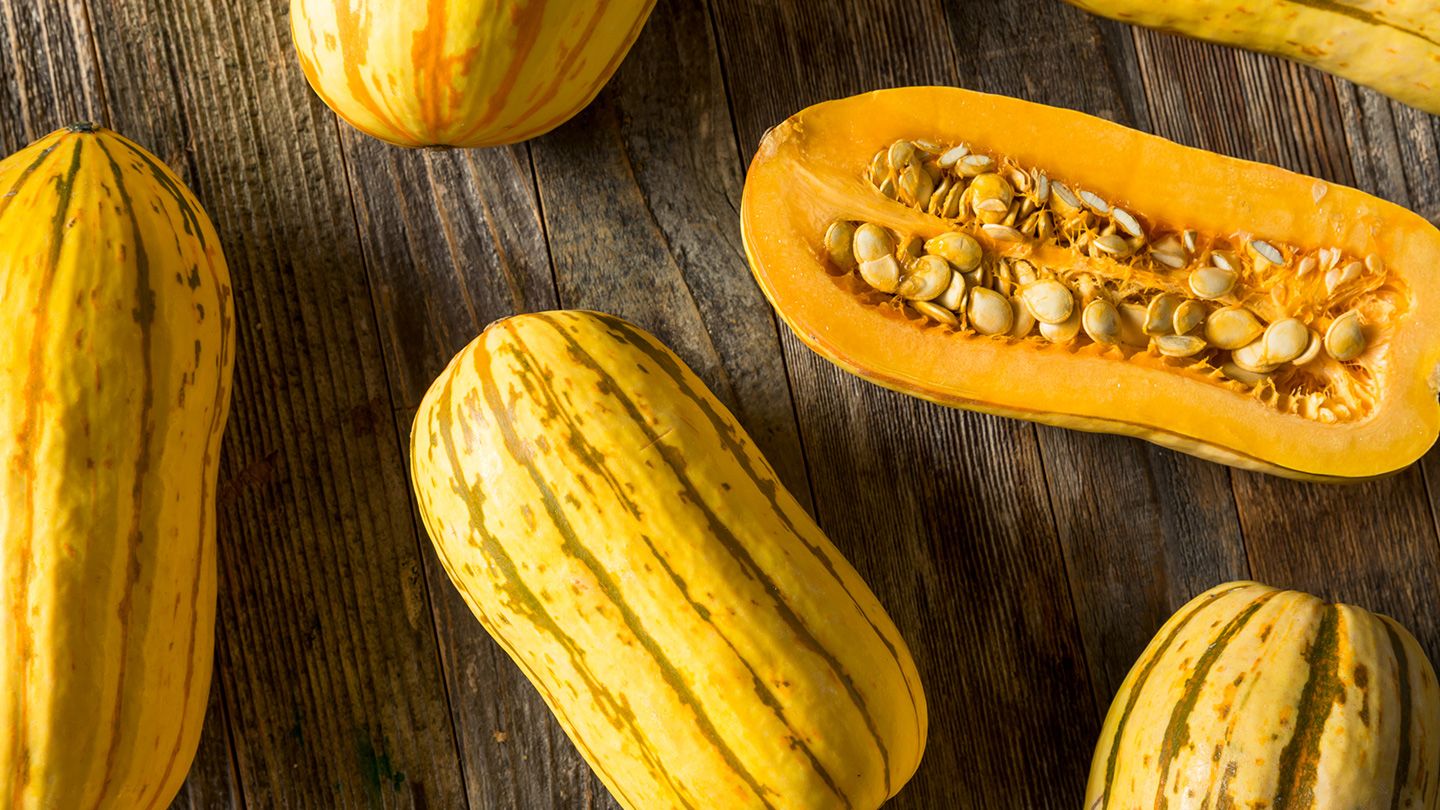
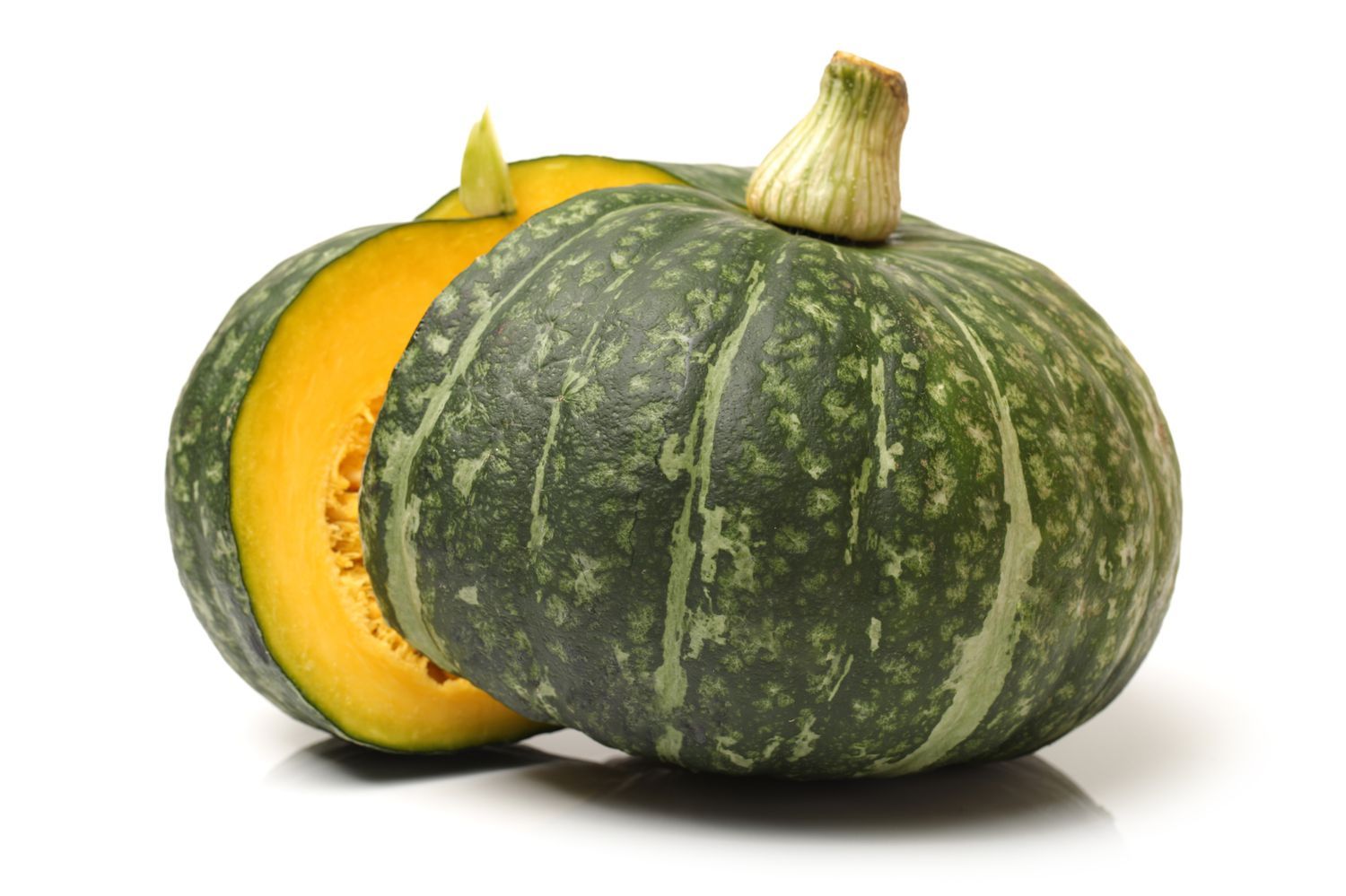
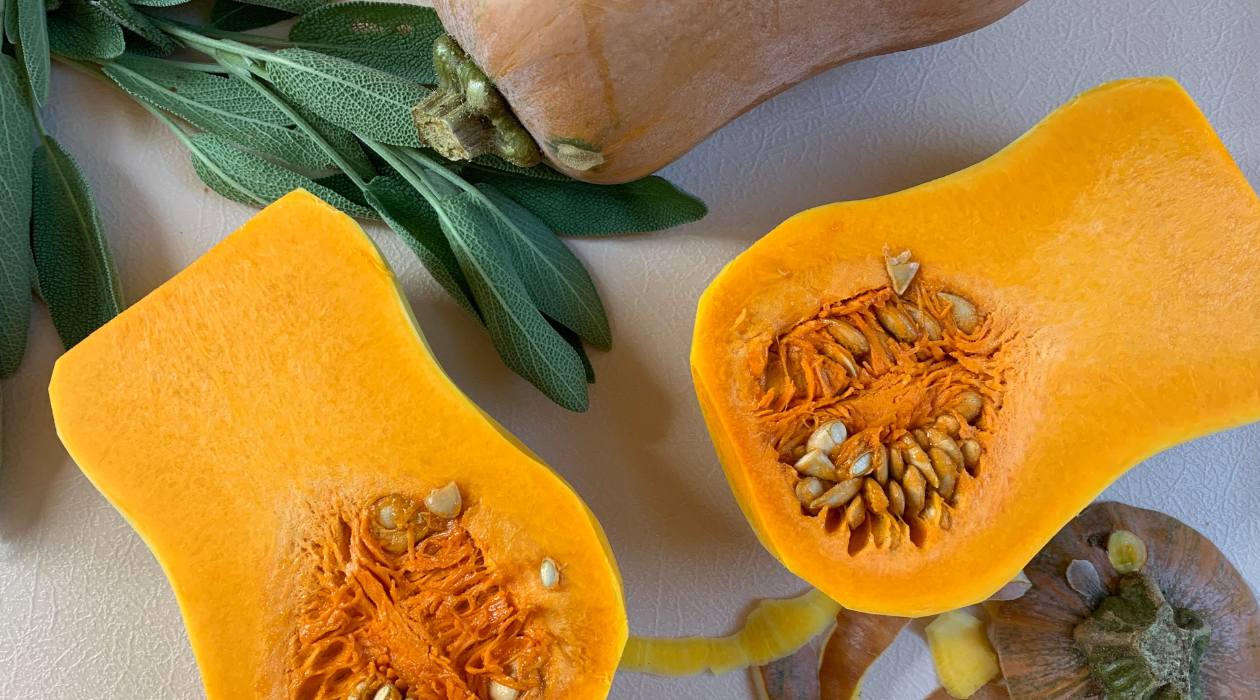
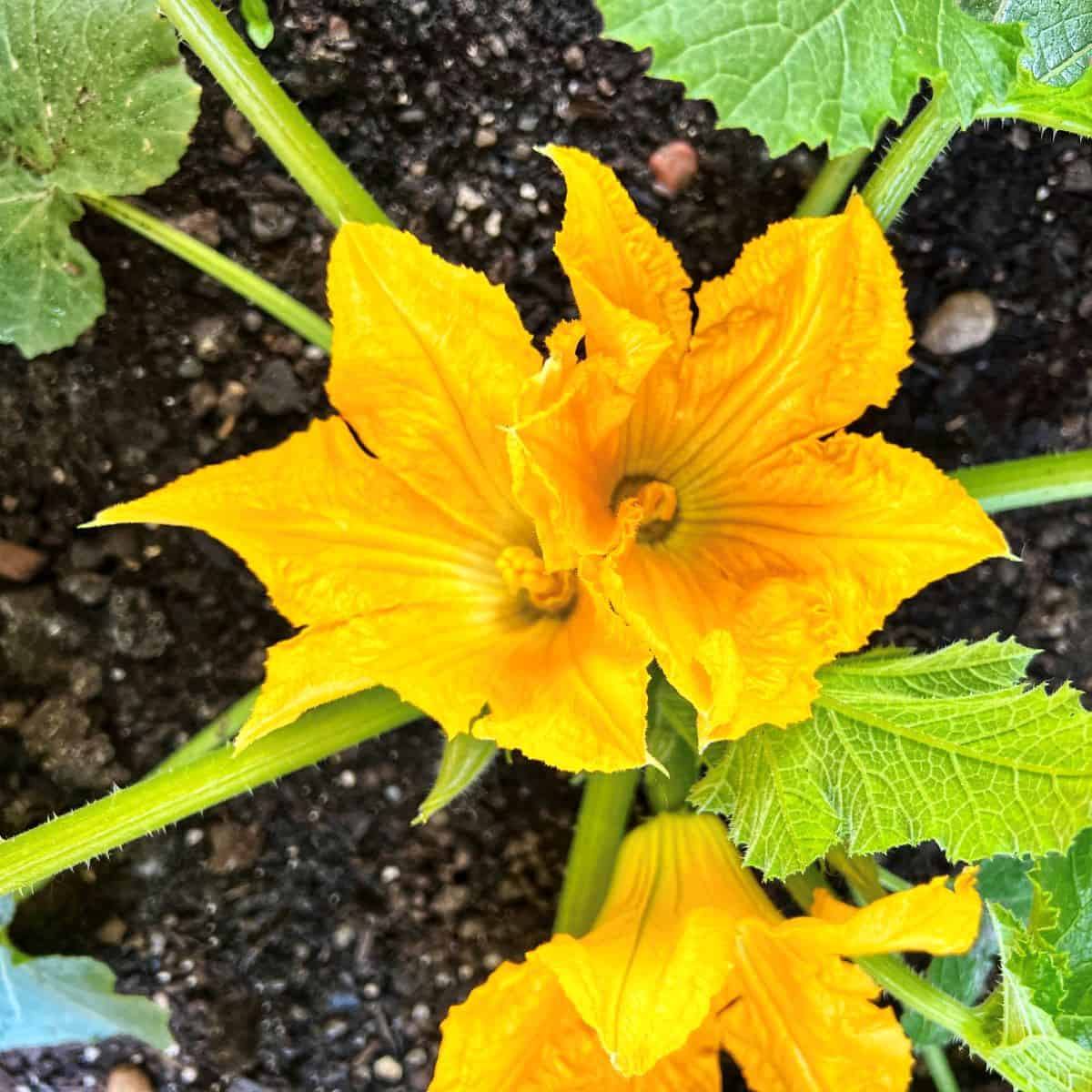
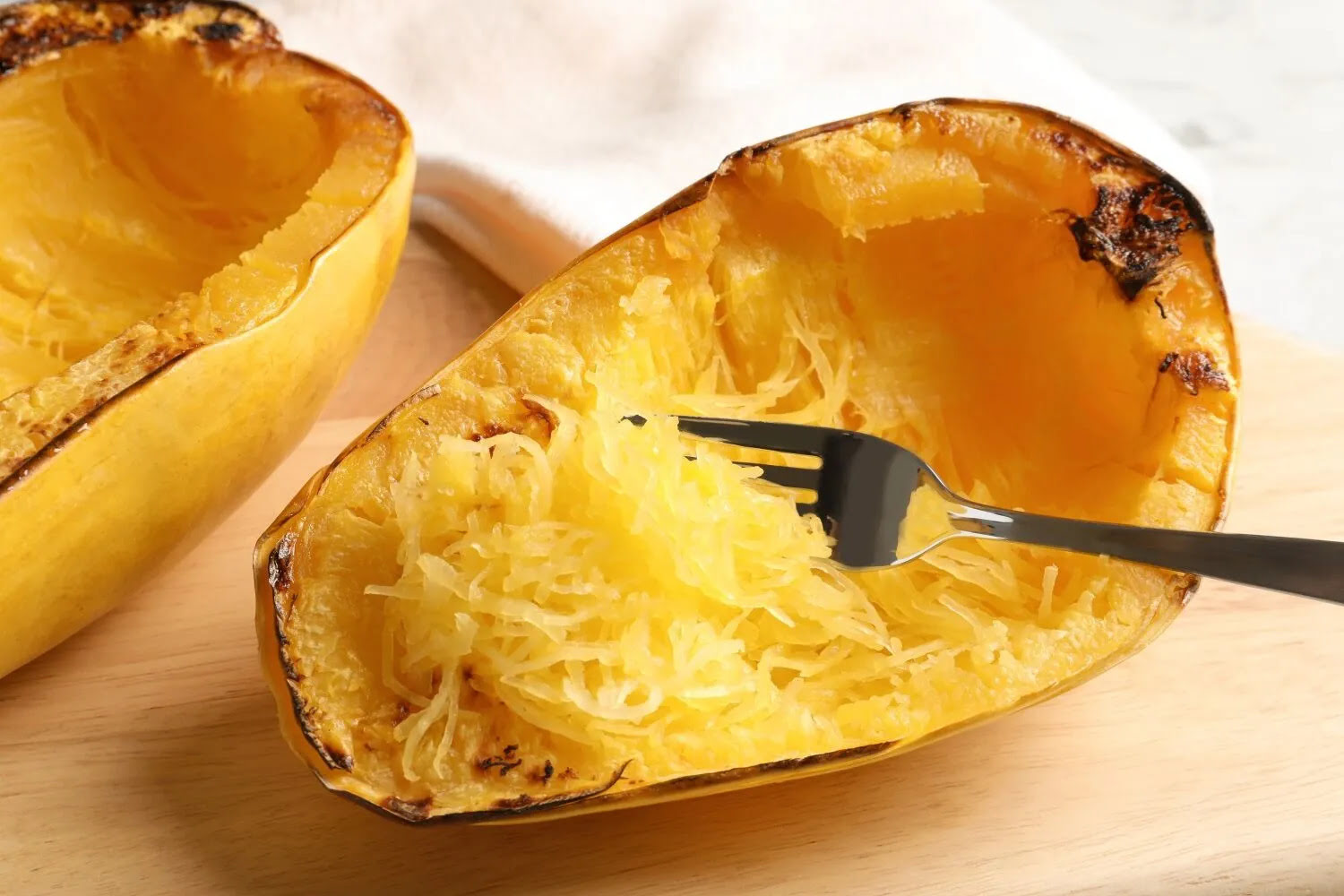
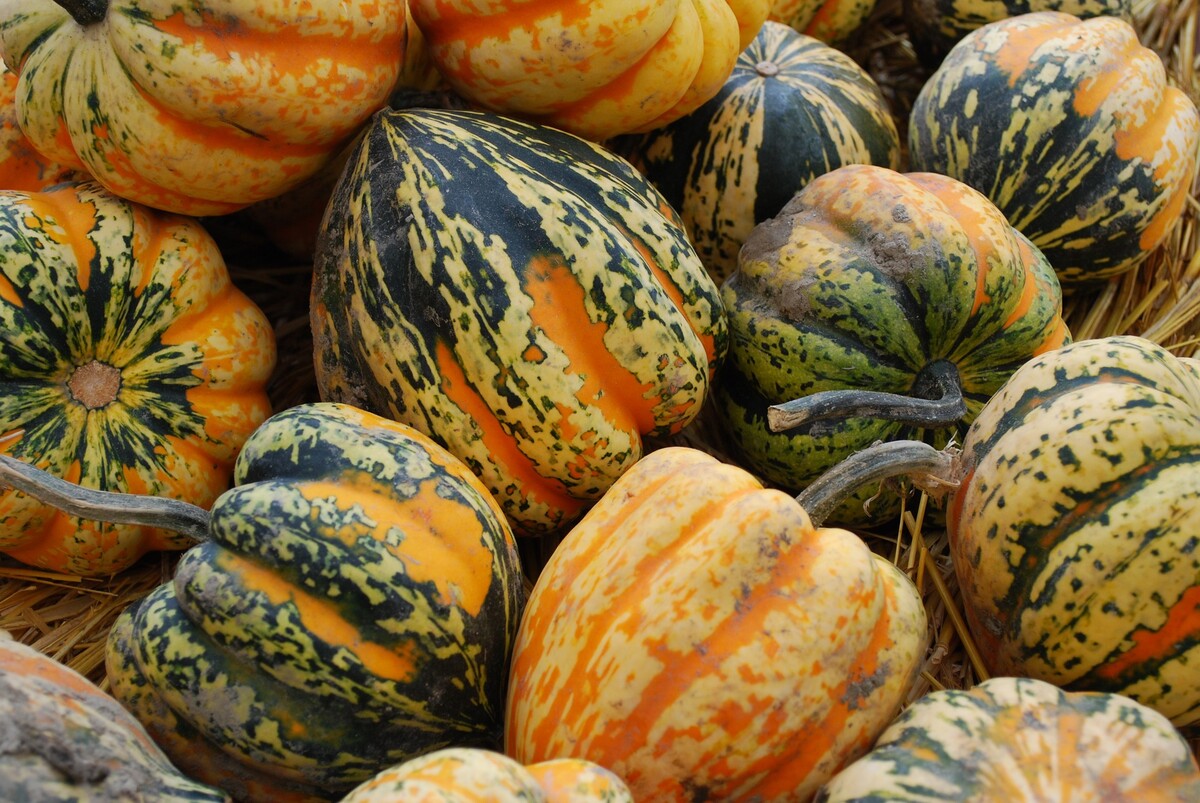
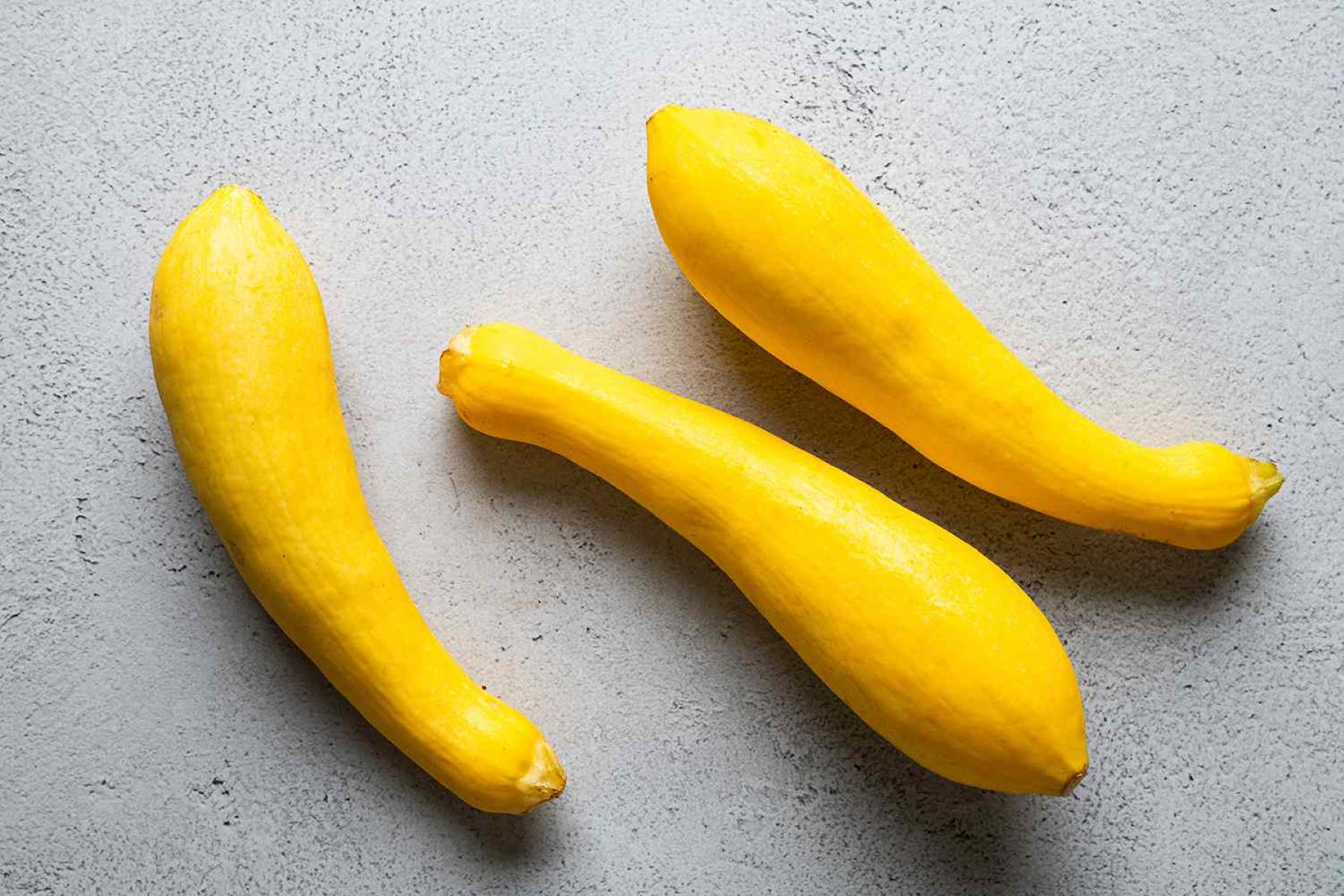

0 thoughts on “How To Store Butternut Squash In Freezer”